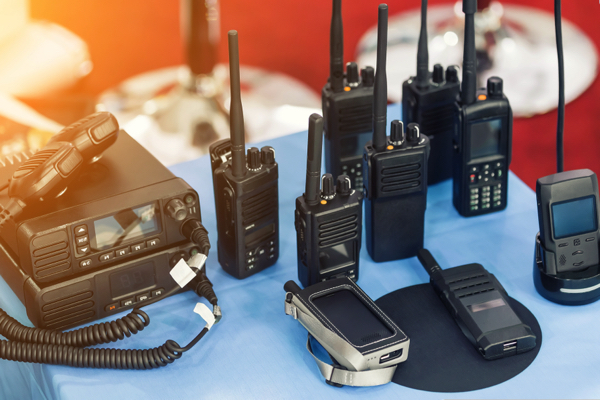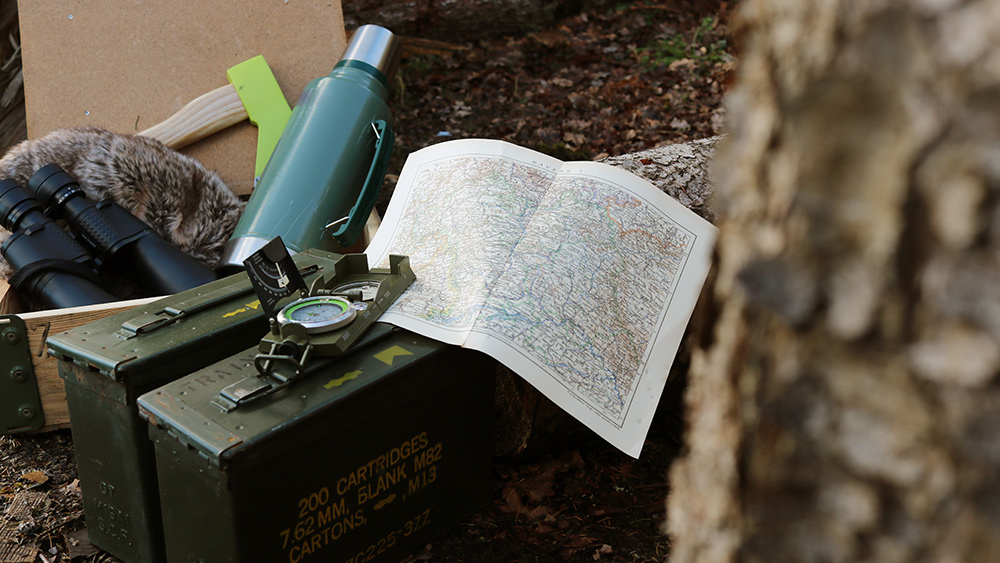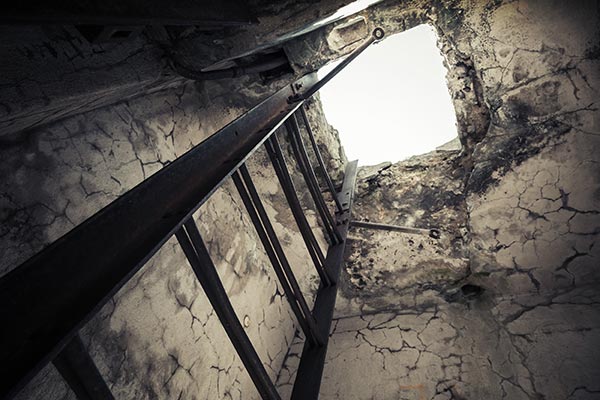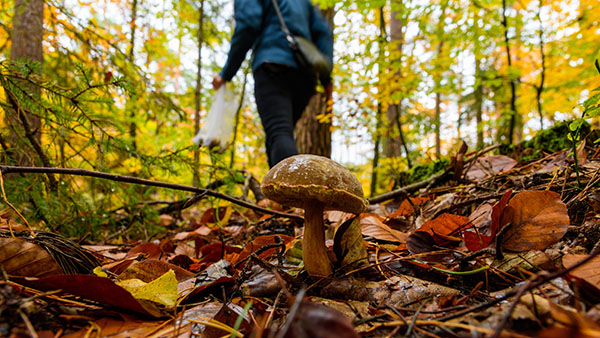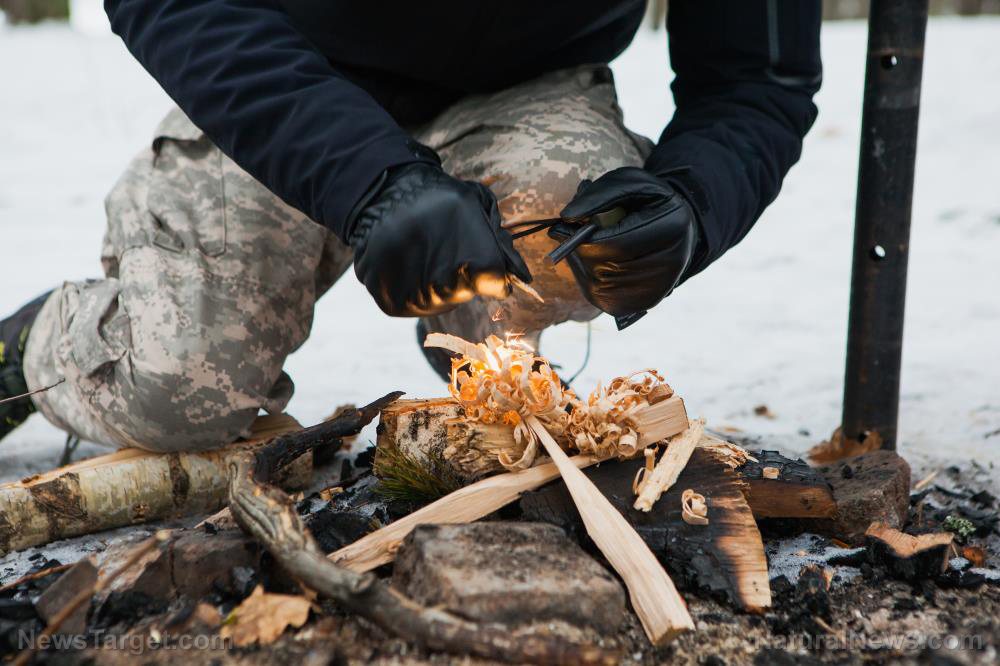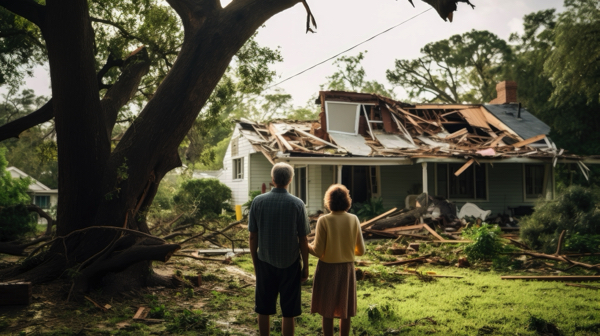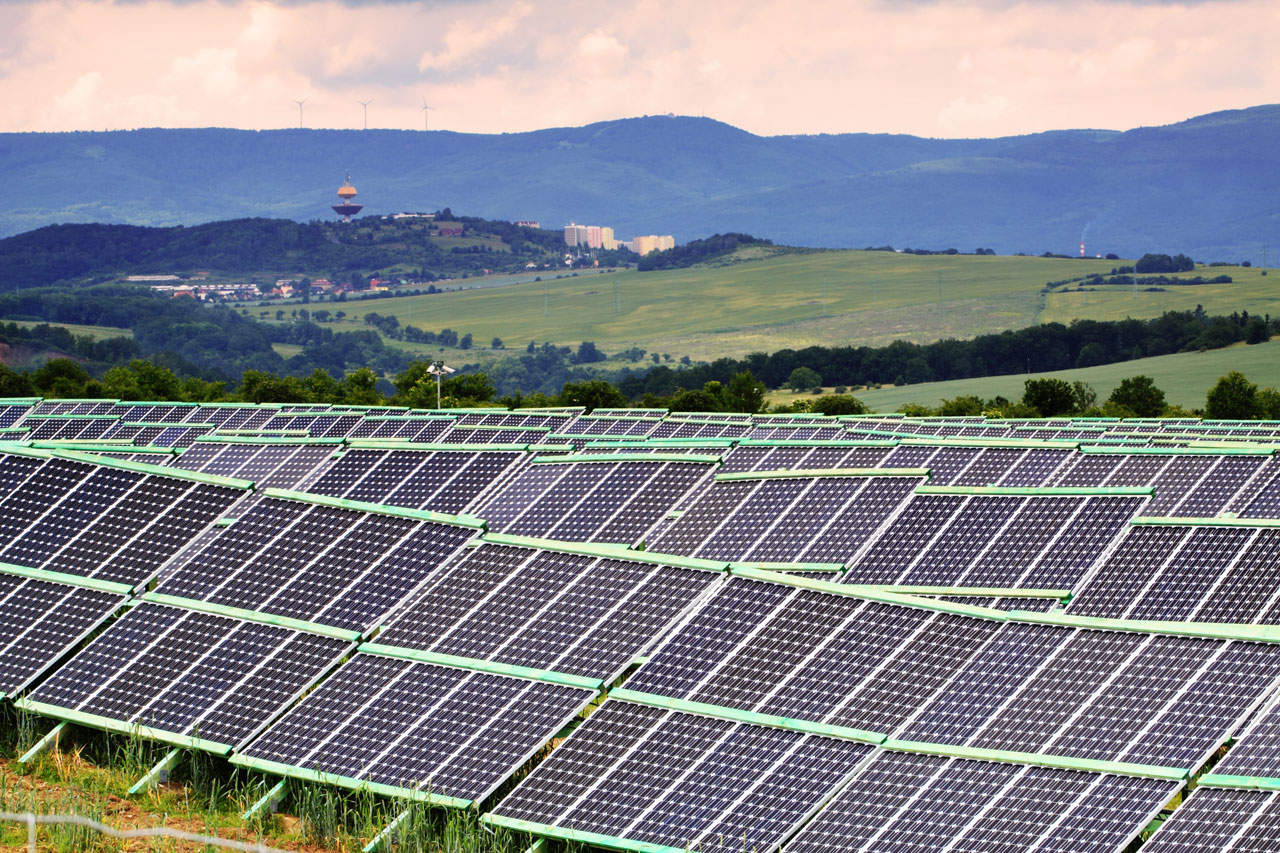Bugging in: A smart survival strategy for sheltering in place during a crisis
10/16/2025 / By Evangelyn Rodriguez
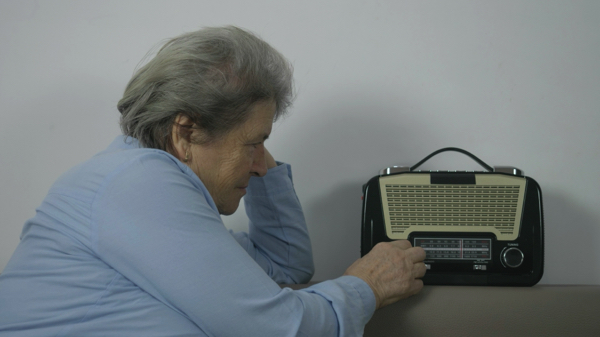
- Bugging in is often safer than evacuating, allowing reliance on stockpiled supplies and fortified defenses in familiar surroundings.
- Key advantages include avoiding external threats, accessing prepared resources and maintaining stability for vulnerable family members.
- Critical steps include reuniting family quickly, gathering intel, reinforcing home security and maintaining operational secrecy to avoid drawing attention.
- Monitor and adapt—stay informed about evolving threats and have a backup plan in case conditions deteriorate.
- Success depends on preparation—stockpile essentials, fortify your home and stay disciplined to survive disasters without relying on luck.
When disaster strikes, preppers face a critical decision: flee to safety or fortify their homes and ride out the storm. For many, bugging in—staying put in a well-prepared residence—is the smarter, safer choice. Unlike bugging out, which requires navigating unpredictable dangers on the road, sheltering in place allows families to rely on stockpiled supplies, familiar surroundings and fortified defenses. But success hinges on meticulous preparation, situational awareness and avoiding common mistakes that could turn a safe haven into a death trap.
Why bugging in makes sense
For those new to prepping, bugging in is often the most practical first step. It eliminates the immediate need to find shelter, food and water—three essentials that become scarce in disaster zones. Families with young children, elderly relatives or members with medical needs may find evacuation impractical or even dangerous. Urban dwellers, however, must weigh the risks: If civil unrest erupts or infrastructure collapses, cities can quickly become hazardous.
Key advantages of bugging in include:
- Access to stockpiled supplies (food, water, medicine, tools)
- Familiarity with surroundings (escape routes, defensible positions)
- Avoiding exposure to external threats (looters, contaminated areas, unsafe roads)
But staying home isn’t foolproof. Without proper planning, a fortified home can become a prison.
Critical steps to prepare for sheltering in place
Here are nine tips for bugging in safely when SHTF:
Get everyone home immediately
When early warning signs appear—whether a storm alert or signs of civil unrest—the first priority is reuniting the family. Those at work or school must return quickly. If driving isn’t an option, alternatives like public transit, electric bikes or rides from trusted contacts should be pre-planned.
If driving proves unfeasible, the next viable option is public transportation. But you need to know routes and travel times in advance.
Establish emergency meeting points
Designated rally points are crucial for when family members are scattered in different places when disaster strikes. These should be mapped out along daily routes (e.g., work, school or shopping) and include backup locations in case primary sites are compromised.
Gather intel on the crisis
In the first 24–48 hours, monitor news and emergency broadcasts to assess threats. Knowing where riots, floods or fires are spreading can help you avoid danger zones. Staying well-informed aids in planning extraction routes and identifying hot zones to avoid.
Last-minute supply runs (if safe)
If stores are still accessible, a quick trip for extra food, water or fuel can be lifesaving—but discretion is key. Avoid locations in high-risk areas, and always carry cash (ATMs may fail). Keep $1,000 in small bills ready, and if you’re hauling supplies, cover them with a tarp—don’t advertise your stockpile.
Fortify your home
Even in safe neighborhoods, reinforcing doors, windows and perimeter security is essential. Alarm systems should have backup power.
Floodlights or noisy alarms can backfire if the whole block is dark. Stay invisible—don’t draw attention.
Organize and secure supplies
Labeled, easily accessible stockpiles prevent chaos. Urban preppers storing supplies off-site should retrieve them before roads become impassable.
Maintain operational secrecy
Never reveal your preparations. Cooking smells, generator noise or visible stockpiles can attract desperate neighbors or looters. If your house is the only one with lights during a blackout, people will investigate.
Stay vigilant for the first 48 hours
Most disasters follow predictable early patterns. Monitor threats and adapt. If a mob approaches, go dark. If a hurricane worsens, activate your next defense stage.
Always have a backup plan
Even the best-laid plans fail. An exit strategy is non-negotiable. Supplies run out. Situations escalate. Knowing when to bug out is important.
According to BrightU.AI‘s Enoch engine, preppers should bug out only when staying in one place poses greater danger than leaving, such as during imminent threats like war, government tyranny, bioweapon attacks or natural disasters that make their home unsafe. The decision must prioritize survival; evacuate if staying means exposure to violence and other serious threats.
Bugging in offers security—but only if executed wisely. By reinforcing shelters, stockpiling essentials, maintaining secrecy and staying adaptable, families can weather disasters without fleeing into the unknown.
As threats grow—from natural disasters to societal collapse—the difference between survival and surrender lies in planning, discipline and the will to act decisively. Whether sheltering in place or evacuating, the key is preparation, not luck. Because when SHTF, those who prepare survive.
For a guide to bugging in your house for disaster scenarios, watch the video below.
This video is from the Daily Videos channel on Brighteon.com.
Sources include:
Submit a correction >>
Tagged Under:
bug in, Collapse, crisis, disaster, emergency, homesteading, how-to, off grid, preparedness, prepper, prepping, safety, SHTF, survival, survivalist, tips
This article may contain statements that reflect the opinion of the author
Get independent news alerts on natural cures, food lab tests, cannabis medicine, science, robotics, drones, privacy and more from NewsTarget.com
Get independent news alerts on natural cures, food lab tests, cannabis medicine, science, robotics, drones, privacy and more from NewsTarget.com
RECENT NEWS & ARTICLES
SHTF.News is a fact-based public education website published by SHTF News Features, LLC.
All content copyright © 2018 by SHTF News Features, LLC.
Contact Us with Tips or Corrections
All trademarks, registered trademarks and servicemarks mentioned on this site are the property of their respective owners.

